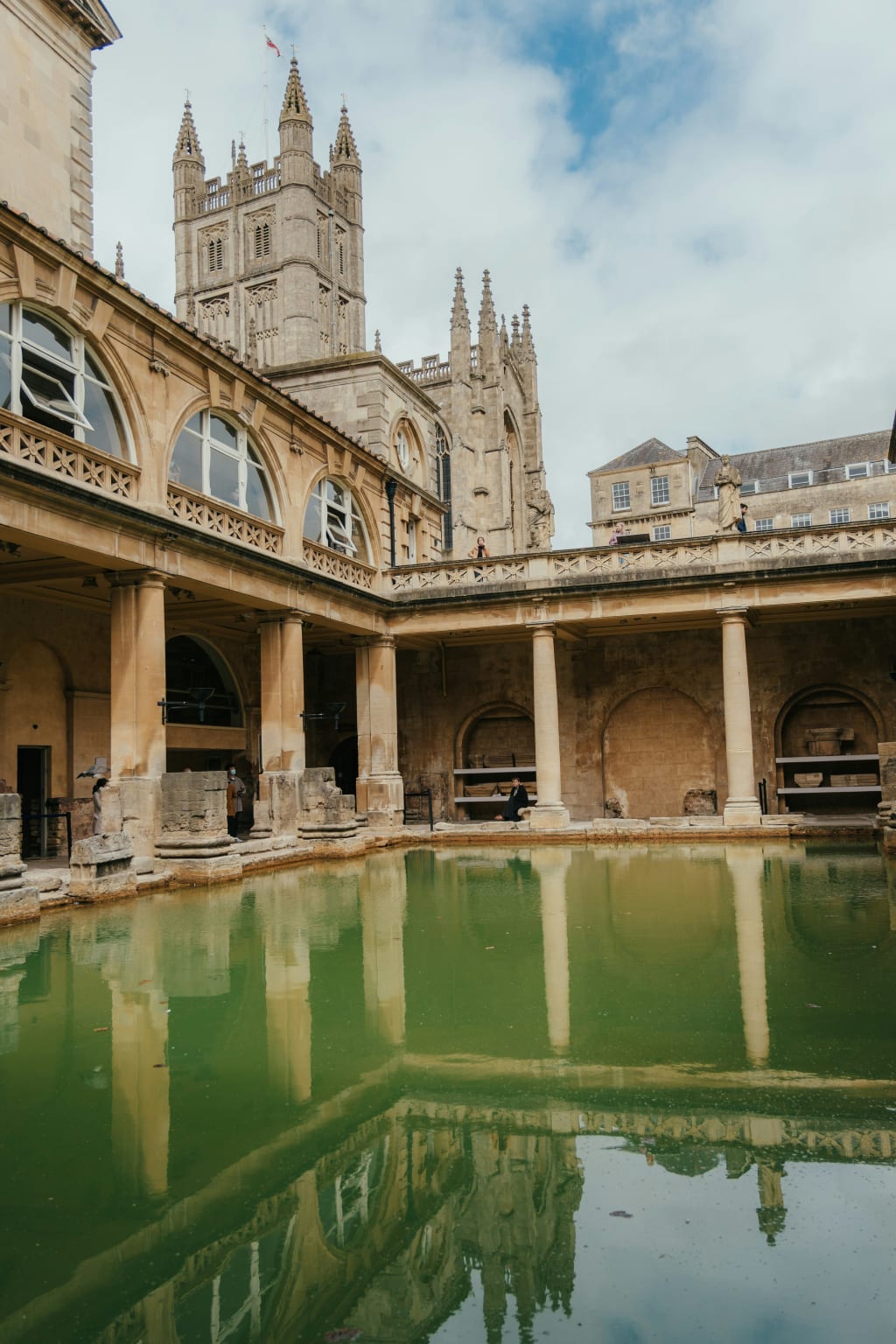Why Swimming in Roman Baths Can End Badly
Thermal Baths Through the Ages: From Roman Times to Modern Day

When it comes to relaxation and rejuvenation, few things can beat a good soak in a thermal bath. These natural hot springs have been used for centuries by people all over the world to heal their bodies and minds. From the ancient Roman baths to the modern-day spa centers, thermal baths have been a popular way to unwind and recharge.
Bath, a city located in South England, is home to one of the most famous thermal baths in the world. The name of the city comes from its historical use of hot springs as baths, which can be traced back to the first century A.D. During the Roman Empire era, the city was a thermal spa, while in the Middle Ages, it was an important wool industry center that had hot springs. By the 18th century, the entire city had transformed into an elegant spa resort.
The Roman baths in Bath are famous, but their origin can be traced back to Rome. In Rome, people would throw objects like brooches, bracelets, vases, and coins into the baths to honor the goddess Minerva. Once, a Roman bath yielded 12,000 coins that had been thrown in as gifts. The Trevi Fountain in Rome holds the record for receiving the maximum number of coins thrown in by visitors, with over $3,000 per day.
Roberto Carchella, a man who fished out coins from the Trevi Fountain with a magnet for 34 years, could earn up to $1,000 per night. However, he was arrested in 2002 when the city authority stopped ignoring him. Today, the money is collected by city workers and sent to charity.
The old Roman baths were more than just swimming pools. They also had hot rooms that were similar to modern-day saunas. One of these rooms, called the caldarium, was heated from underground and was very hot. People who wanted to sweat would go there. The floors were so hot that people had to wear wooden shoes to protect their feet. Another room was called the tepidarium and was cooler than the caldarium. People could get a massage with oil there.
Nowadays, spa centers can accommodate thousands of people daily. For example, a spa center near Munich has 26 different hot rooms and is almost 2 million square feet in size. However, in ancient Rome, bathhouses were much simpler. People used a changing room called a planetarium, as lockers were not available at that time. Historians note that thefts in Roman baths were common. In addition to the changing room, there was also a gym where people could exercise, and weightlifting was a popular activity.
In Roman baths, there were other rooms such as auditoria and Laconica, which were super-dry rooms where people would sweat a lot. There was also the pistachio, which was an open-air pool. Once bathers had finished bathing, exercising, and relaxing, they would head to the frigidarium, which was the cold room with cold baths used to cool down after hot procedures.
Swimming is currently not allowed in English Roman baths due to a dangerous bacteria that was discovered in the 1970s. The bacteria caused a fatal disease in a girl who had swum there. As a result, the water was found to be polluted and had a particular species of dangerous amoeba. Before this tragic event, the Roman baths were used for water cure treatments, which were prescribed by the NHS from 1948 to 1976.
If you're looking for a safe thermal bath, Hungary is an excellent option. The country has over 1300 thermal water sources, with Budapest alone having 123 sources. Thermal baths are part of the national culture in Hungary, dating back to Roman times. The Hungarian baths are stunning and feature tile mosaics, intricate columns, frescoes, and ceiling murals.
What's unique about Hungarian thermal waters is that there is even an entire thermal lake called Lake Hévíz. The water there is warm enough to have baths even in winter, although swimming is not possible. The medicinal water lake is about 10 acres and is home to lotuses growing on its surface. The lake is pretty large, and some people even go boating there.
Thermal baths have been around for centuries and continue to be a popular way to relax and unwind. From the ancient Roman baths to the modern-day spa centers, these hot springs have proven to be a natural way to heal and rejuvenate the body and mind. Whether you're in Bath, Rome, or Budapest, you can enjoy the benefits of thermal baths and soak in the history and culture that surrounds them.
About the Creator
Abdul Hannan Saif
Blogger | Writer | Explorer | wish to inspire, inform and help others to see fascinating discoveries and live a fulfilled life!






Comments
There are no comments for this story
Be the first to respond and start the conversation.